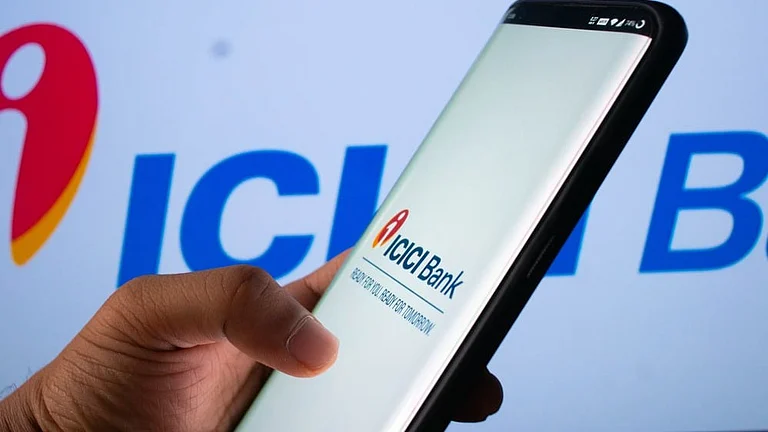ICICI Bank has reported the lowest employee attrition rate among large private sector lenders in the last three financial years, reflecting higher stickiness due to competitive remuneration and a better working environment.
During the last three financial years, the industry has also witnessed a sustained decline on a year-on-year basis.
The employee attrition rate at the country's second-largest private sector bank declined to 18 per cent in FY25 from 24.5 per cent in FY24, according to the bank's latest Business Responsibility and Sustainability Reporting (BRSR) report.
During 2022-23, the bank reported an attrition rate of 30.9 per cent, lower than its competitors.
Its larger peer, HDFC Bank, has recorded an employee attrition rate of 22.6 per cent in FY25, compared to 26.9 per cent in FY24. The attrition was 34.2 per cent during 2022-23.
Similarly, the attrition was 25.5 per cent for Axis Bank, down from 28.8 per cent in FY24, and Kotak Mahindra Bank's manpower exit rate fell to 33.3 per cent from 39.6 per cent in the previous year, according to their annual and BRSR reports.
For IndusInd Bank, the attrition rate was 29 per cent in FY25, lower than 37 per cent witnessed during 2023-24 and 51 per cent in FY23.
Over the past three years, from FY23 to FY25, private sector banks have seen a southward movement in their employee attrition rates.
The slowing attrition rate can be attributed to a combination of factors like a subdued entry-level job market in the BFSI and fintech industries and the growth of digital services, said a senior HR executive of a bank, requesting anonymity.
Most private sector banks went on a recruitment frenzy post-pandemic, which led to a high attrition rate subsequently.
"Now, the market appears to be stabilised, meaning banks are not heavily recruiting and the entry-level employees are not leaving banks to join fintech companies," said a senior HR executive of a private sector bank.






























